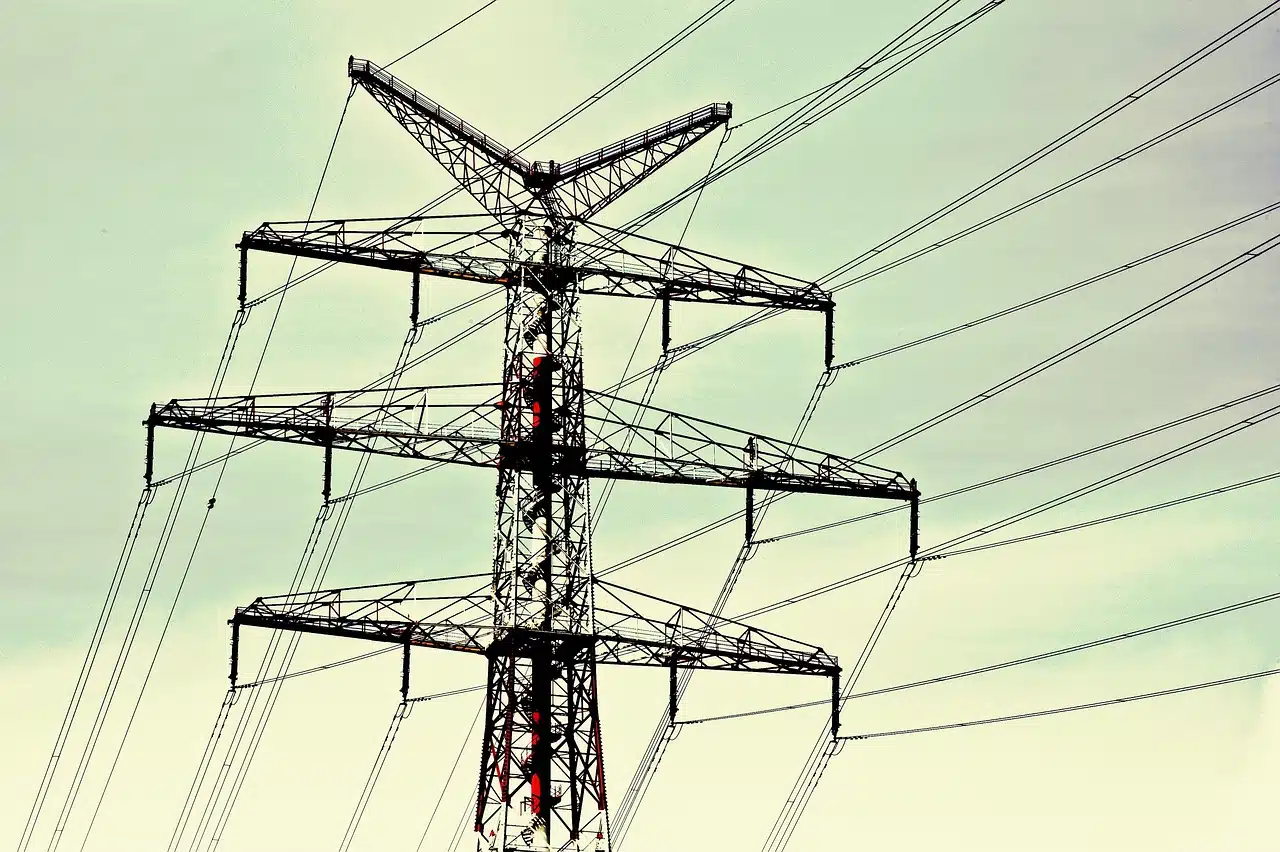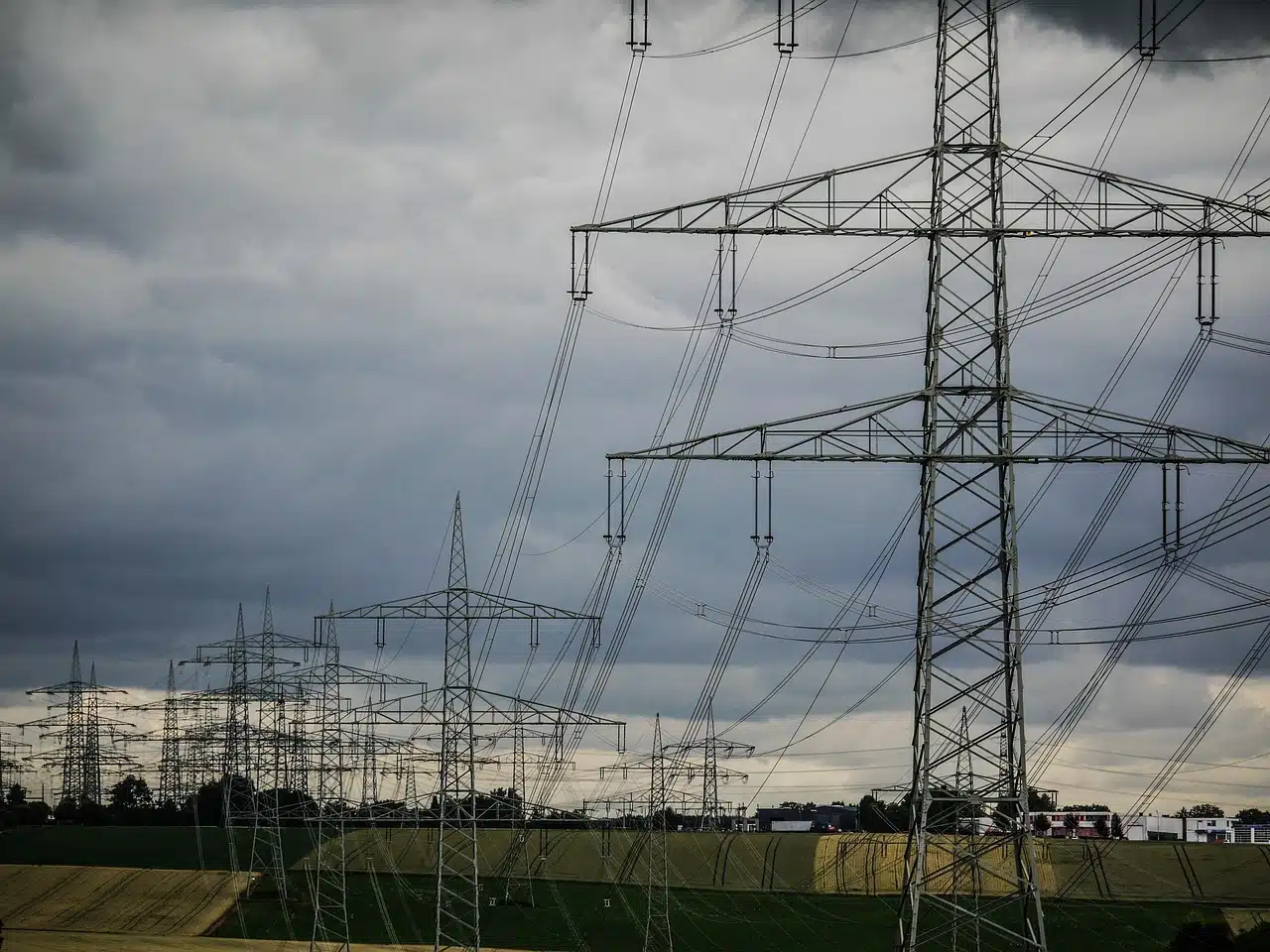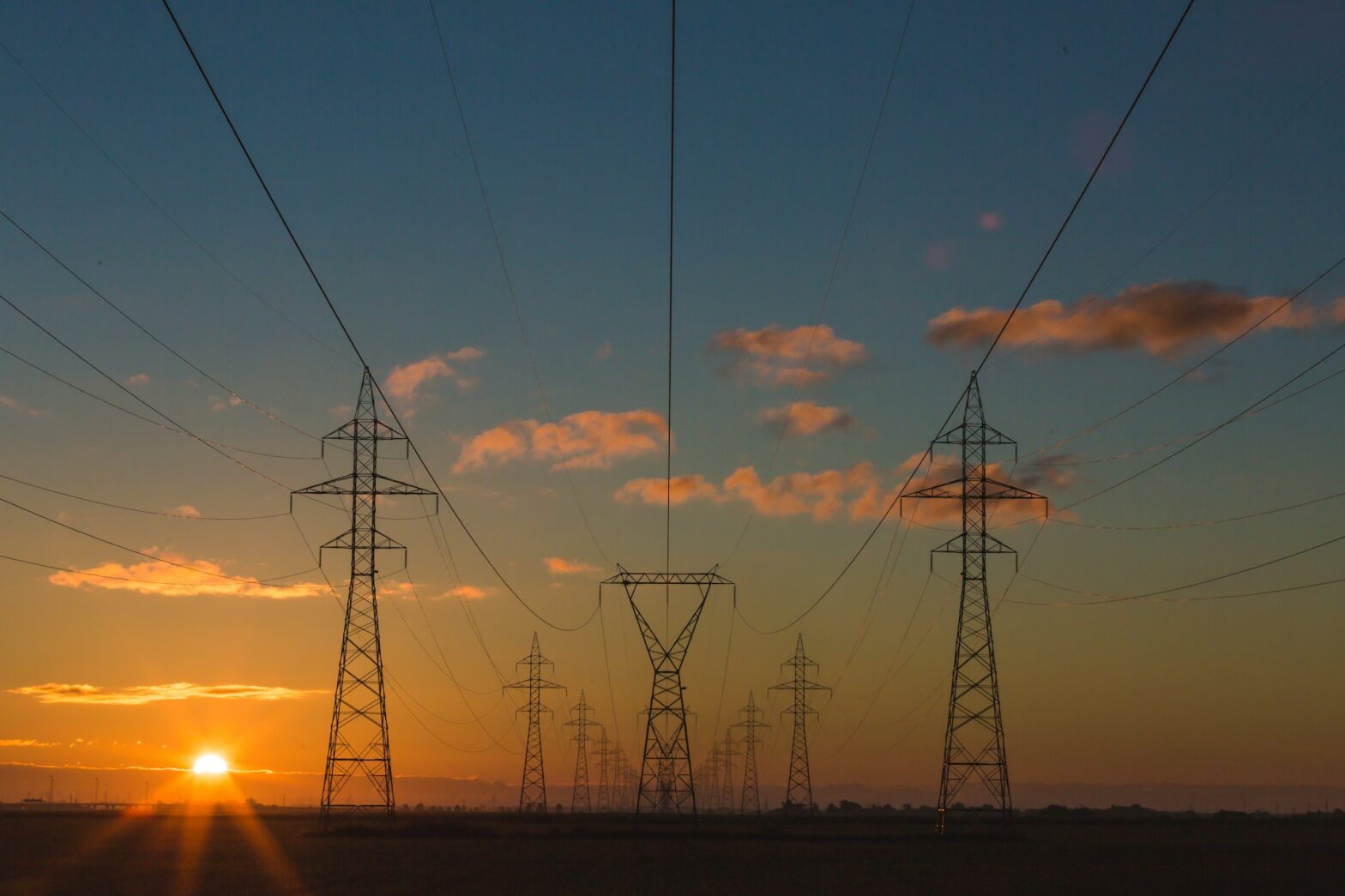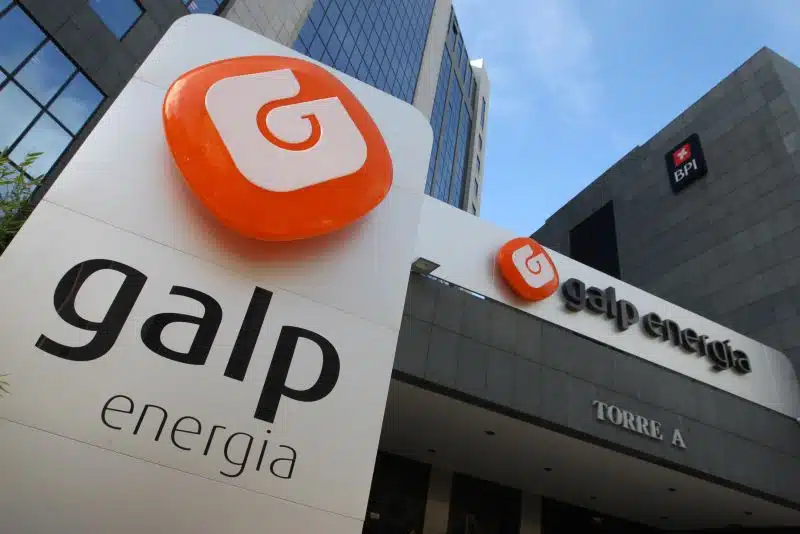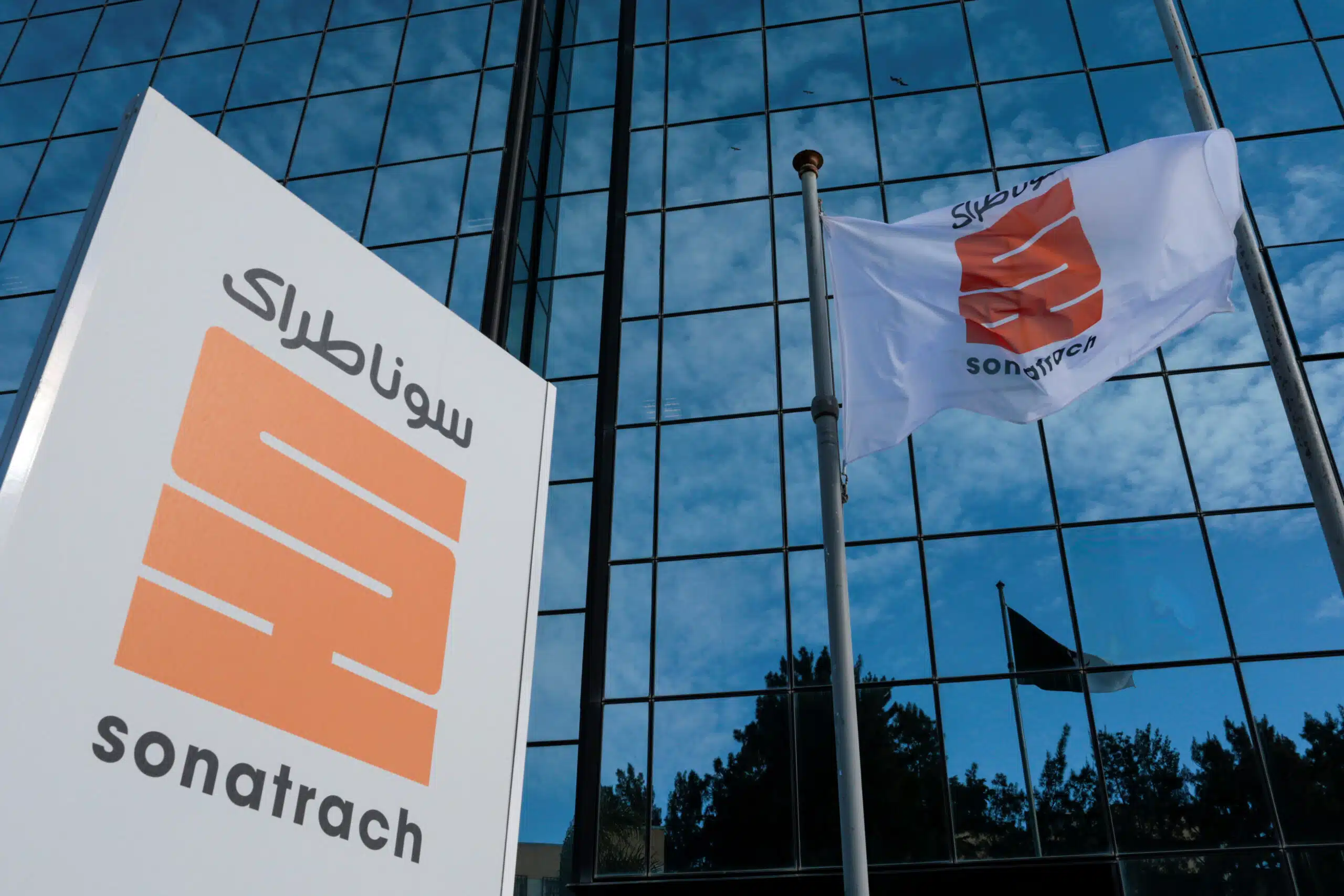Ethiopia has begun exporting 50 megawatts (MW) of electricity to Tanzania through Kenya’s national grid for the first time, marking a pivotal achievement in cross-border energy trade.
The Kenya Electricity Transmission Company Limited (KETRACO) successfully conducted this trial run, as confirmed by KETRACO’s update from its National Control Centre, which was built to improve electricity transmission.
This development strengthens the Eastern Africa Power Pool (EAPP), a 13-member initiative designed to promote energy sharing and enhance power reliability across East Africa.
Ethiopian electricity is transmitted via the 500kV Ethiopia–Kenya HVDC interconnector, linked to Kenya’s grid, which then transmits the power southwards into Tanzania through the 400kV Kenya–Tanzania interconnector, which saw power flows increase from 225 MW to 262 MW during the test.
Ketraco’s managing director, John Mativo, stated that the company aims to confirm the grid’s capacity to safely transmit 200 MW to Kenya under a long-term power-purchase agreement and an additional 100 MW to Tanzania.
The infrastructure was financed by the National Treasury along with development lenders, including the World Bank, African Development Bank, French Development Agency, and European Investment Bank.
Recently, the World Bank also financed the construction of a 400kV transmission line that enables the interchange of power between Ethiopia and Somalia.
Strategic implications for East Africa
This power export deal positions Ethiopia as a clean energy leader, leveraging its vast hydroelectric resources, including the Grand Ethiopian Renaissance Dam (GERD).
The GERD alone is expected to generate over 6,000 MW at full capacity, as mentioned in the Africa Energy News report. With domestic demand currently below installed capacity, exporting surplus electricity offers both economic and diplomatic advantages.
Ethiopia’s Water and Energy Minister, Habtamu Itefa, earlier stated in a report that the country earned over $220 million from electricity exports in the first nine months of 2025, doubling the previous year’s revenue.
This initiative tends to align with Ethiopia’s goal to become a major electricity exporter by 2030.
In addition, the flow of Ethiopian electricity into Tanzania is not just a technical achievement; it addresses chronic shortages.
The Kenya-Tanzania interconnector, extending to Arusha, also lays the groundwork for future connections with Zambia, as stated in the Kenyan Wall Street report, bridging East and Southern Africa’s energy systems.
What happens next
The Ethiopia-Kenya-Tanzania corridor is the first wheeling transaction within the EAPP, setting a precedent for regional transmission pricing methodologies.
Experts say the corridor will help improve access to reliable electricity in the region while also reducing power shortages in countries with weaker supply networks.
In the coming years, regional power pools may merge into a continental grid system under the African Union’s “Single African Electricity Market”, enabling real-time trading, stability, and universal access, as stated in the Africa Energy News report.

